The Suggested Repertoire from Around the World for Developing Bands series is a new WASBE program of instructional materials to assist music directors in identifying exceptional works from around the world that are playable by developing musicians. Each of the selections in this series provides a myriad of musical elements that might be explored and developed within the rehearsal context, but the goal is to present music of artistic merit that aligns most directly to the composer’s unique voice. These are selections that stand out from works written largely for teaching purposes.
Our installments include four-five such works, each to be contributed by WASBE members from throughout the world. The offerings include exceptional and diverse works from around the world. Some of the selections will be well known while others will be quite unfamiliar to most – and there will be more than a few older compositions that we hope will be revisited, reacquainted, or discovered anew.
This 11th installment is submitted by WASBE member and former Board member (2013 – 2019) Bert Langeler (NED), artistic leader and conductor of Estonian National Conductors Orchestra, Conductor Tallinn Music & Ballet School Symphonic Wind Orchestra, Estonian National Song and Dance Festival Wind orchestra’s Artistic Director and Conductor, Viljandi and Tõrva Music School Wind Orchestra conductor and Brass pedagogue.
Grade 1
Peace (2015)
Duration: 3:34 Manhattan Beach Music
Frank Ticheli (USA, 1958)
video with score: https://youtu.be/IfC-stTwneY?si=XUwqN4j8tAZn2FfX
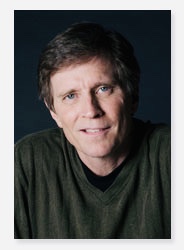
PEACE begins with the glow of a quiet, starlit evening, a pair of lightly scored lines mirroring each other amid the gentle tolling of the bells. The music gently unfolds, floating between the keys of Eb and Bb Major like some wandering traveler. A second idea, growing from a repeated 8th-note motive, moves forward with more assuredness, but still clings to aspirations of peace and serenity.
The written ranges of all the instruments are contained within a single octave – most parts range even less than an octave. Pitches comprise diatonic notes and one chromatic note. The rhythms are limited to whole-notes, half-notes, quarter-notes, and eight-notes, the latter always repeated on a single pitch. The composer’s hope is that the PEACE might serve as a vehicle to teach young players about legato playing style, lyricism, and beauty of sound.
Grade 2.5
Old Churches (2002)
Duration 5:20 American Composers Forum (Hal Leonard)
Michael Colgrass (Chicago, USA, 1932-2019)
https://youtu.be/j5nwa4jiTqU?si=CS7IURHRhx5sXo3o
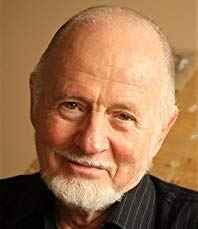
The composer’s goal was to create music that was interesting, expressive and challenging, yet playable by students in the early stages of performing on their instruments and who are also unfamiliar with modern music techniques. Old Churches uses Gregorian chant to create a slightly mysterious monastery scene filled with the prayers and chanting of monks in an old church. The chant unfolds through call and response patterns.
He also proves his own tonal language and his first-class compositional craft in educational music for youth ensembles.
Old Churches is a slow tempo piece, with phrases in quarter and eight notes with simple harmonies. In the piece are employed easy graphic notation as well as chance techniques, such as pitches played without rhythm, murmuring effect that simulates the idea of voices echoing in monastic churches.
A perfect piece for young players to discover new sounds within the opportunity to play nice, soft, long legato lines.
Grade 3
Kuuvalgel (1997)
Duration: 3:34 Editions Marc Reift
Priit Raik (Estonia, 1948, Finland, 2008)
https://files.reift.ch/files/scores/EMR10546.pdf (Score)
https://youtu.be/R_xRpUJQDh0?si=WyUQg6NZleHP7Ssi
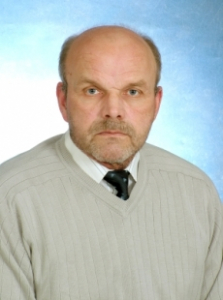
“Kuuvalgel” is in the Estonian language and means “In the moonlight”. The piece has a fluent character in an andante tempo. The main theme starts with an alto saxophone solo and continuous with tutti. The development moves on with featuring groups and individuals like flugelhorn (also playable by trumpet). Slightly the pieces move on till the final tutti. The end moves away with soft low brass sounds and percussion. The piece is colorful and welcome as an opening or intermezzo in the concert. All parts contain interesting, moving lines.
Composer and conductor Priit Raik was born in Estonia. After his studies in Tartu music school, he continued at the Tallinn Conservatory, nowadays called Estonian Music and Theatre Academy (EMTA), where he completed his composition studies with Eugen Kapp and Anatoli Garsnek. From 1973 till 1982 he conducted the Estonian Marine Band and taught wind band conducting at EMTA. In the beginning of the 90’s he moved to Finland where he worked as a teacher and theory professor at the Palmgren Conservatory in Pori. His, over 100, compositions are in various levels of difficulty, played and recorded in many European countries.
Grade 3
A little tango music (2007)
duration: 4:40 G & M Brand Publications Ltd.
Adam Gorb (Cardiff, Wales 1958)
https://youtu.be/2vkhHI7MMJI?si=bn-yg66aasTNF43s
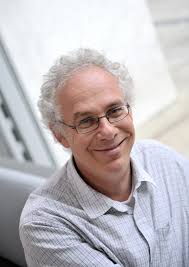
Composer’s note: This is a short sequence of melodies inspired by the curvaceous, melancholic and dangerous dance from Argentina. The piece consists of three different tangos in their own tempos. The first one “Andante” with fluent melody lines and humorous harmonic characteristics. The second tango “Allegro Moderato” in a light flamboyant delicate swing style. The third tango “Moderato con moto” in a march structure like, with some meter changes. The three brief movements can be played in any order, or separately.
This piece is very recommended for band, because of the melodious lines, and as well the independency in the rhythms, what is very logical humorously composed.
Grade 4
Overture for an Imaginary Play (1987) duration: 12:01 Molenaar Edition
Jurriaan Andriessen (Haarlem, NL 1925 The Hague, NL 1996)
Video with score: https://youtu.be/h3PYAFHm6u4?si=I433lqnnNnhhgXPp
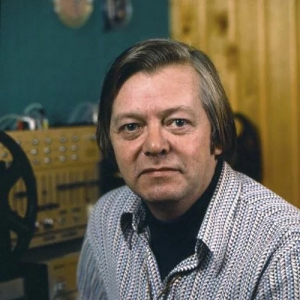
Jurriaan Andriessen was commissioned by the Fund for Musical Creation. As far as the title is concerned, the composer himself does not consider there to be any special reason why he has named this work in this way. According to him, the title “Overture for an imaginary play” best covers the content of the work. But when you listen to the piece, the music involuntarily evokes a certain outside-musical image: something that follows the music closely. It seems as if Andriessen does not deny the fact that he once studied film music and in his capacity as composer of the Haagse Comedie wrote music for countless plays. Only here he keeps the “play” to himself, and the listener is allowed to imagine himself.
Composer Jurriaan Andriessen’s father, Hendrik, brother Louis, and Uncle Willem have also been notable composers. Andriessen studied composition with his father at the Utrecht Conservatory before moving to Paris where he studied with Olivier Messiaen. Almost all his works have been commissioned by the government, for official bodies, business groups, radio or television. In addition to stage and film music, Andriessen also wrote works for orchestra, chamber music, piano, choral works and music for wind orchestra.
I highly recommend this work, because of the deep suggestive value for the development process of the wind orchestra.


